
Introduction
The dodo bird, also known as Raphus cucullatus, was a flightless bird that once inhabited the island of Mauritius in the Indian Ocean. Unfortunately, the dodo bird is now extinct, and it is unclear exactly when it went extinct.
The Discovery of the Dodo Bird
The dodo bird was first discovered by Dutch sailors in 1598 when they landed on the island of Mauritius. The sailors were fascinated by the bird's unique appearance and behavior, and they brought it back to Europe as a novelty.
The Extinction of the Dodo Bird
It is believed that the dodo bird went extinct in the late 17th century, although the exact date is unknown. The extinction was due to several factors, including hunting by humans and the introduction of non-native species to the island.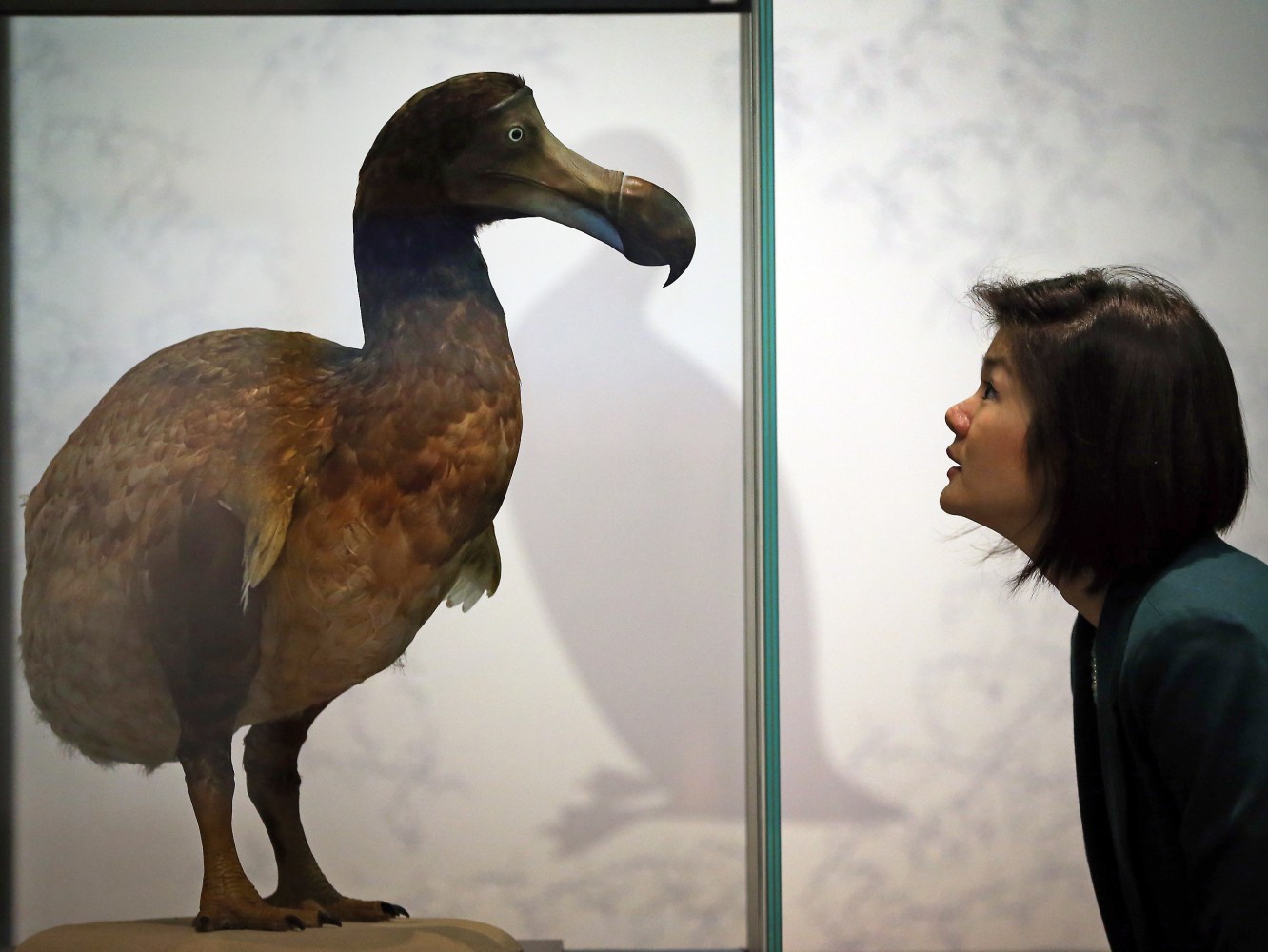
Hunting by Humans
The dodo bird was an easy target for hunters because it was flightless and had no natural predators on the island. As a result, it was hunted for its meat and eggs, which were considered a delicacy.Introduction of Non-Native Species
The introduction of non-native species to the island also contributed to the extinction of the dodo bird. These species, such as rats and pigs, ate the eggs and destroyed the bird's habitat.
The Last Dodo Bird
The last confirmed sighting of a dodo bird was in 1681, when a Dutch sailor named Volkert Evertsz spotted one on the island of Mauritius. Unfortunately, the bird was killed by his crew members for food.The Legacy of the Dodo Bird
Although the dodo bird is now extinct, it has left a lasting legacy. The bird has become a symbol of extinction and the importance of conservation efforts. It has also inspired works of art and literature, such as Lewis Carroll's "Alice's Adventures in Wonderland."
Conclusion
In conclusion, the dodo bird went extinct in the late 17th century due to a combination of hunting by humans and the introduction of non-native species to the island of Mauritius. Although the exact date of its extinction is unknown, the legacy of the dodo bird continues to inspire conservation efforts around the world.Related video of When Did The Dodo Bird Go Extinct?

Step Brothers is a comedy film directed by Adam McKay and released in 2008. The film stars Will Ferrell and John C. Reilly as two adult men who become stepbrothers after their parents get married.
The Plot of Step Brothers

The plot of Step Brothers revolves around the lives of Brennan Huff (Will Ferrell) and Dale Doback (John C. Reilly), two middle-aged men who still live with their parents. When their parents meet and get married, Brennan and Dale are forced to live together as stepbrothers.
Initially, the two men do not get along and constantly bicker and fight. However, they eventually find common ground in their love of music and become best friends. They even start a successful entertainment company together.
The Cast of Step Brothers

Aside from Will Ferrell and John C. Reilly, Step Brothers also stars Richard Jenkins, Mary Steenburgen, Adam Scott, and Kathryn Hahn. The film also features cameos from Seth Rogen and Rob Riggle.
The Release of Step Brothers

Step Brothers was released in the United States on July 25, 2008. The film was a box office success, grossing over $128 million worldwide. It also received mixed reviews from critics, with some praising the chemistry between Ferrell and Reilly but criticizing the film's juvenile humor.
The Legacy of Step Brothers

Despite the mixed reception, Step Brothers has become a cult classic and has spawned numerous memes and catchphrases. The film's popularity has also led to rumors of a sequel, although nothing has been confirmed.
Overall, Step Brothers is a hilarious and quotable comedy that has stood the test of time and continues to be a fan favorite. If you haven't seen it yet, be sure to check it out!
Related video of When Did Step Brothers Come Out?

Soccer, or football as it’s known in England, is a national obsession. It’s hard to imagine a world without it, but the sport has a long and fascinating history. Many people believe that soccer was invented in England, but is this true? In this article, we’ll explore the origins of soccer in England and how the sport has become the national game.
The Origins of Soccer

The origins of soccer can be traced back to ancient times, but the modern game as we know it today began in England in the 19th century. The first recorded game of soccer took place in 1863 when the Football Association (FA) was formed. The FA was responsible for creating a set of rules for the game, which included the use of a round ball and a prohibition on using your hands. These rules became known as the Laws of the Game and are still in use today.
The Early Days of Soccer in England
In the early days, soccer was played mainly by the upper classes, and the first soccer clubs were formed by public schools and universities. The first soccer match between two professional teams took place in 1888 when the Football League was formed. The league consisted of 12 teams, and the first champions were Preston North End.
The Spread of Soccer in England

As soccer became more popular, it began to spread to other parts of the country. By the early 20th century, soccer was being played in almost every town and village in England. The sport became a way of life for many people, and it played an important role in bringing communities together.
Soccer and World War I

During World War I, soccer played an unexpected role. In 1914, on Christmas Day, German and British soldiers came out of their trenches and played a game of soccer in No Man's Land. This extraordinary event is still remembered today as a symbol of the power of sport to bring people together.
The Rise of Professional Soccer
In the 1920s and 1930s, soccer became even more popular in England, and the sport began to attract large crowds. Professional soccer players became celebrities, and the sport became big business. The top teams began to build large stadiums, and the FA Cup, which is still one of the most prestigious soccer competitions in the world, became a national obsession.
Soccer and World War II
During World War II, soccer was once again used to bring people together. Many soccer players joined the armed forces and played soccer matches to entertain the troops. The sport provided a welcome distraction from the horrors of war and helped to lift people's spirits.
The Modern Game

Since the end of World War II, soccer has continued to grow in popularity in England. The sport has become more professional, and the top teams now have fans all over the world. The English Premier League is one of the most watched soccer leagues in the world, and the national team remains one of the most respected.
The Importance of Soccer in England

Soccer is more than just a sport in England – it’s a way of life. The sport has played an important role in shaping the country's identity, and it remains a powerful symbol of national pride. Soccer has brought people together and has helped to break down social barriers. It has given us some of the greatest moments in our history and has provided us with heroes to look up to.
Conclusion
Soccer has come a long way since it was first played in England in the 19th century. The sport has become a global phenomenon, and it continues to grow in popularity around the world. However, its roots remain firmly planted in England, and it will always be the national game. Soccer will continue to inspire and unite people for generations to come.
Related video of When Did Soccer Start In England

Who is Ole Kirk Christiansen?
Ole Kirk Christiansen was the founder of LEGO, one of the most popular toy companies in the world. He was born on April 7, 1891, in Filskov, Denmark, and started as a carpenter in his early life. In 1932, he founded the LEGO company, which initially produced wooden toys. The name LEGO is derived from the Danish words "leg godt," which mean "play well."
When Did Ole Kirk Christiansen Pass Away?

Ole Kirk Christiansen passed away on March 11, 1958, at the age of 66. He died of a heart attack while attending a trade fair in Germany. His death was a significant loss not only for his family but also for the entire LEGO company, which has become a global phenomenon.
Legacy of Ole Kirk Christiansen

Despite his death, Ole Kirk Christiansen's legacy continues to live on through the LEGO company. His vision and passion for creating toys that inspire creativity and imagination have made LEGO one of the most successful toy companies in the world. Today, LEGO products are enjoyed by millions of children and adults worldwide.
The Success of LEGO
The success of LEGO can be attributed to Ole Kirk Christiansen's philosophy of "only the best is good enough." He believed in using the highest quality materials and paying attention to every detail of the production process. This commitment to excellence has made LEGO a trusted brand for generations of children and parents.
The Evolution of LEGO
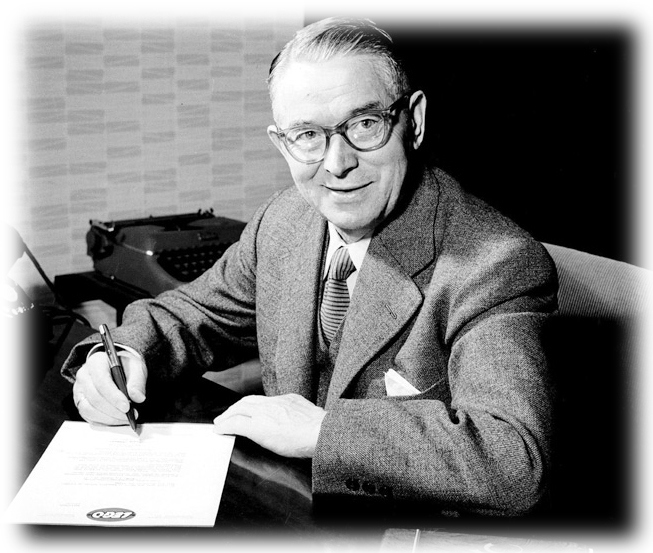
Over the years, LEGO has evolved from producing simple wooden toys to creating complex building sets that allow children to construct everything from castles to space stations. LEGO has also expanded its product line to include licensed sets based on popular movies and TV shows, such as Star Wars and Harry Potter.
LEGO Today
Today, LEGO is a global brand with headquarters in Denmark and manufacturing facilities around the world. The company employs thousands of people and generates billions of dollars in revenue each year. Despite its massive success, LEGO remains committed to its core values of creativity, imagination, and play.
The Impact of Ole Kirk Christiansen

Ole Kirk Christiansen's impact on the world of toys and play cannot be overstated. His vision and commitment to quality have made LEGO one of the most beloved toy brands in the world. His legacy continues to inspire future generations of toy makers and designers.
The Future of LEGO

The future of LEGO looks bright, with new sets and products being released each year. The company continues to innovate and push the boundaries of what is possible with building toys. As long as children and adults continue to love playing with LEGO, the company will remain a force to be reckoned with in the toy industry.
Conclusion
Ole Kirk Christiansen may have passed away over 60 years ago, but his legacy lives on through the LEGO company. His commitment to quality and his vision for creating toys that inspire creativity and imagination have made LEGO one of the most successful toy brands in the world. As we look to the future, we can be sure that LEGO will continue to bring joy and excitement to children and adults alike.
Related video of When Did Ole Kirk Christiansen Die

The Early Days
McDonald's is one of the most well-known fast food chains in the world, but it wasn't always that way. The company was founded in 1940 by brothers Richard and Maurice McDonald in San Bernardino, California. Originally, they ran a small drive-in restaurant that served hot dogs and burgers.
However, the brothers soon realized that they could make more money by simplifying their menu and focusing on just a few items. They also introduced a new system of food preparation that allowed them to serve their customers faster and more efficiently.
The Birth of the Golden Arches

In 1952, the first McDonald's franchise opened in Des Plaines, Illinois. The franchise was owned by Ray Kroc, who would later become the company's CEO. Kroc recognized the potential of the McDonald's concept and helped to expand the chain across the United States and eventually, around the world.
The iconic "Golden Arches" logo was introduced in 1953 and has become one of the most recognizable logos in the world.
Expanding Globally
Today, McDonald's is a global phenomenon with more than 38,000 restaurants in over 100 countries. The company continues to innovate and adapt to changing consumer tastes and preferences.
Some of the most popular items on the McDonald's menu include the Big Mac, Quarter Pounder, and McNuggets. However, the company has also introduced a variety of healthier options, such as salads and fruit smoothies, in response to growing concerns about nutrition and health.
The Future of McDonald's

Despite its success, McDonald's has faced its share of challenges over the years. The company has been criticized for contributing to the obesity epidemic and for its low wages and poor working conditions.
However, McDonald's has also taken steps to address these issues. The company has pledged to source more sustainable ingredients and to reduce its carbon footprint. It has also increased wages and benefits for its employees.
As McDonald's looks to the future, it will continue to face challenges and opportunities. However, with its iconic brand and global reach, the company is well-positioned to adapt and thrive in a rapidly-changing marketplace.
Related video of When Did McDonald's Start?
Introduction
James Marshall "Jimi" Hendrix was a legendary American musician, singer, and songwriter. He is widely regarded as one of the most influential guitarists in the history of rock music. Hendrix was born on November 27, 1942, in Seattle, Washington, and passed away at a young age of 27. His music and legacy continue to inspire and influence generations of musicians and fans around the world.
Early Life and Career

Hendrix grew up in a musical family and started playing guitar at a young age. He played in various bands in the early years of his career, including Little Richard's touring band. Hendrix later formed his own band, The Jimi Hendrix Experience, which became a sensation in the UK and the US.
The Height of His Career
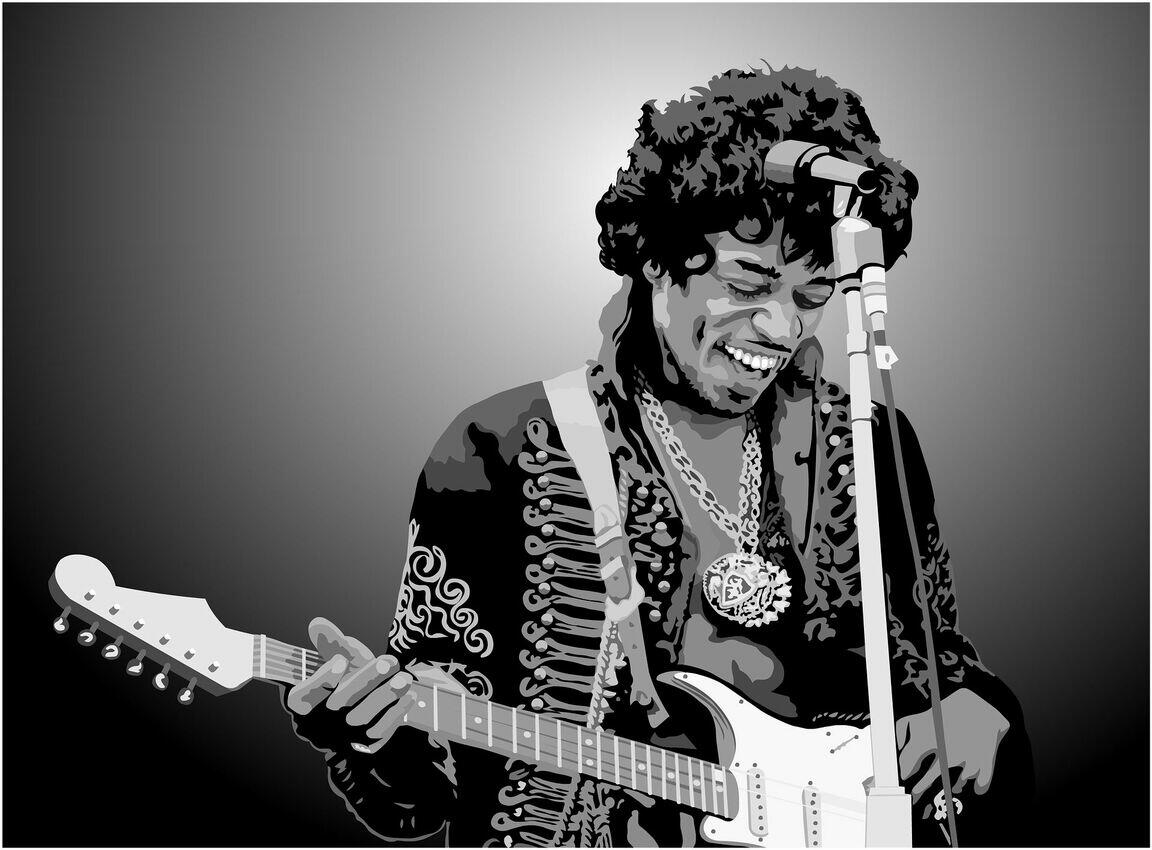
Hendrix's music was a fusion of various genres, including blues, rock, and psychedelic. He was known for his virtuoso guitar playing, innovative use of effects pedals, and electrifying stage presence. Hendrix's albums, including "Are You Experienced", "Axis: Bold as Love", and "Electric Ladyland", were critically acclaimed and commercially successful.
The Tragic End
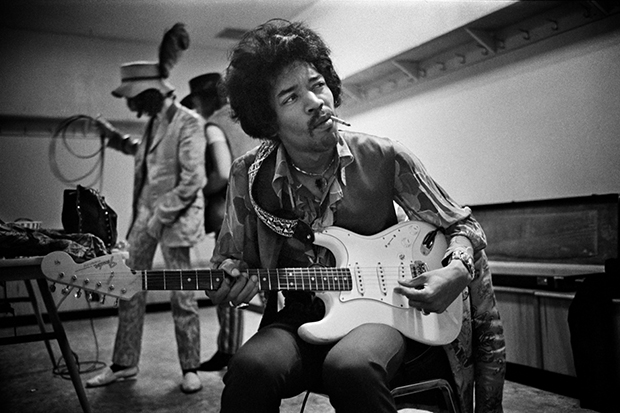
On September 18, 1970, Hendrix was found dead in his London apartment. The cause of death was determined to be asphyxia due to barbiturate overdose. Hendrix's death was a shock to the music world and his fans. He was only 27 years old at the time of his death.
Legacy

Hendrix's music and legacy continue to inspire and influence generations of musicians and fans around the world. He was posthumously inducted into the Rock and Roll Hall of Fame in 1992 and the UK Music Hall of Fame in 2005. Hendrix's influence can be heard in the music of countless artists, including Stevie Ray Vaughan, Prince, and John Mayer.
Conclusion
Jimi Hendrix was a true musical genius who left an indelible mark on the world of music. His music and legacy continue to inspire and influence generations of musicians and fans around the world. Although he passed away at a young age, his music will live on forever.
Related video of When Did Jimi Hendrix Die?

The Origins of Football
Football, also known as soccer in some countries, has a long and storied history. Its roots can be traced back to ancient civilizations such as Greece and Rome, where games involving kicking a ball were played. However, the modern game of football as we know it today began in England in the 19th century.

The Early Days of Football
The early days of football in England were quite different from the game we know today. There were no set rules or regulations, and matches could often be violent and chaotic. The first recorded game of football in England took place in 1863, when the newly-formed Football Association (FA) held its first meeting to establish a standardized set of rules for the game.

The Spread of Football
As the rules of football became standardized, the game quickly gained popularity across England. Football clubs began to form, and competitions such as the FA Cup were established. The game also spread to other countries, with the first international football match taking place between Scotland and England in 1872.

The Professionalization of Football
By the early 20th century, football had become a professional sport. Players were paid to play, and clubs began to focus on winning at all costs. The formation of the Football League in 1888 helped to solidify the professionalization of football, and the league system that we know today was established.
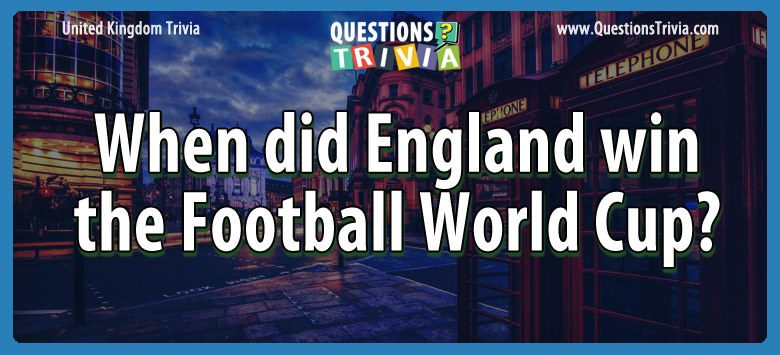
The Modern Era of Football
Today, football is the most popular sport in the world, with billions of fans across the globe. The English Premier League is one of the most prestigious and lucrative football leagues in the world, with top players from around the world competing for the title each year. The game itself has also evolved, with new technologies and training methods helping to push the boundaries of what is possible on the pitch.

Conclusion
The history of football in England is a fascinating one, filled with ups and downs, triumphs and tragedies. From its humble beginnings as a game played by schoolboys on muddy fields, to its current status as a global phenomenon, football has come a long way. Whether you're a die-hard fan or just a casual observer, the story of football in England is one that is well worth exploring.
Related video of When Did Football Start In England

The History of Coca-Cola
Coca-Cola is one of the most popular drinks in the world, loved by millions for its sweet taste and refreshing fizz. The drink was first created in 1886 by a pharmacist named John Pemberton, who mixed together a syrup made from coca leaves and kola nuts with carbonated water. The drink quickly became popular and was soon being sold in pharmacies and soda fountains across America.

The Original Recipe
When Coca-Cola was first created, it contained a small amount of cocaine, which was derived from the coca leaves used in the syrup. The cocaine was removed from the recipe in 1903, but the drink still contained caffeine, which was derived from the kola nuts. The recipe also contained a secret blend of natural flavors, which gave Coca-Cola its distinctive taste.

Changes to the Recipe
Over the years, the Coca-Cola recipe has changed several times. In 1985, the company introduced a new formula for the drink, which was marketed as "New Coke". The new formula was widely disliked by consumers, who preferred the original recipe. In response, the company reintroduced the original formula as "Coca-Cola Classic".
When Did Coca-Cola Stop Putting Coke In It?
The Coca-Cola Company has never stopped putting coke in its drink. The drink still contains a small amount of caffeine, which is derived from the kola nuts used in the original recipe. However, the drink no longer contains cocaine, which was removed from the recipe in 1903.
The Importance of Branding
Coca-Cola is not just a drink, it is also a brand. The company has spent millions of dollars over the years promoting its products and developing its brand identity. The iconic Coca-Cola logo, with its distinctive red and white colors, is recognized around the world. The company has also been involved in numerous advertising campaigns, including the famous "I'd Like to Buy the World a Coke" campaign in the 1970s.
Coca-Cola Today
Today, Coca-Cola is still one of the most popular drinks in the world. The company has expanded its product range to include a wide variety of soft drinks, including Sprite, Fanta, and Diet Coke. The company also sells bottled water and energy drinks.

The Future of Coca-Cola
The Coca-Cola Company is constantly looking for ways to innovate and improve its products. In recent years, the company has introduced new products, such as Coca-Cola Life, which contains less sugar than the original drink. The company has also invested in sustainable packaging solutions, such as plant-based bottles.

Conclusion
Coca-Cola is a drink that has been loved by generations of people around the world. While the recipe has changed over the years, the drink still contains the same secret blend of natural flavors that gives it its distinctive taste. The Coca-Cola Company is committed to innovation and sustainability, and will continue to be a major player in the soft drink industry for many years to come.